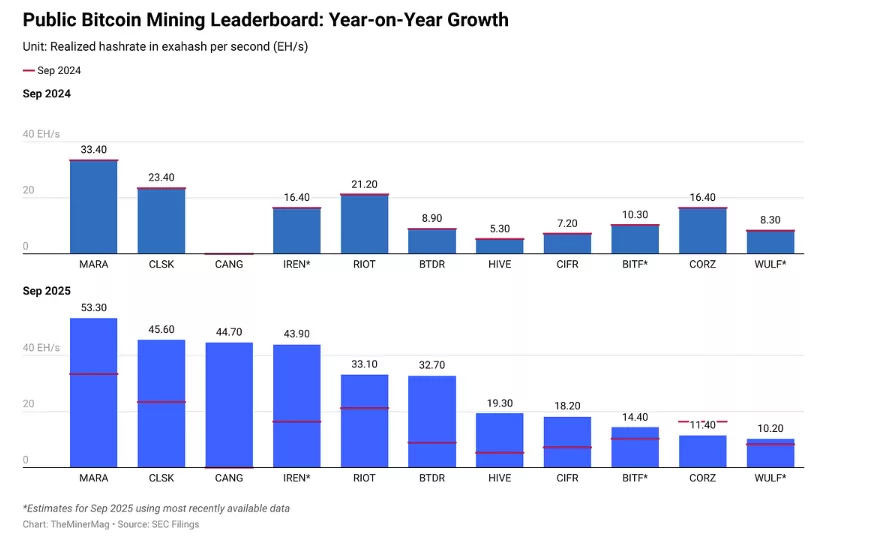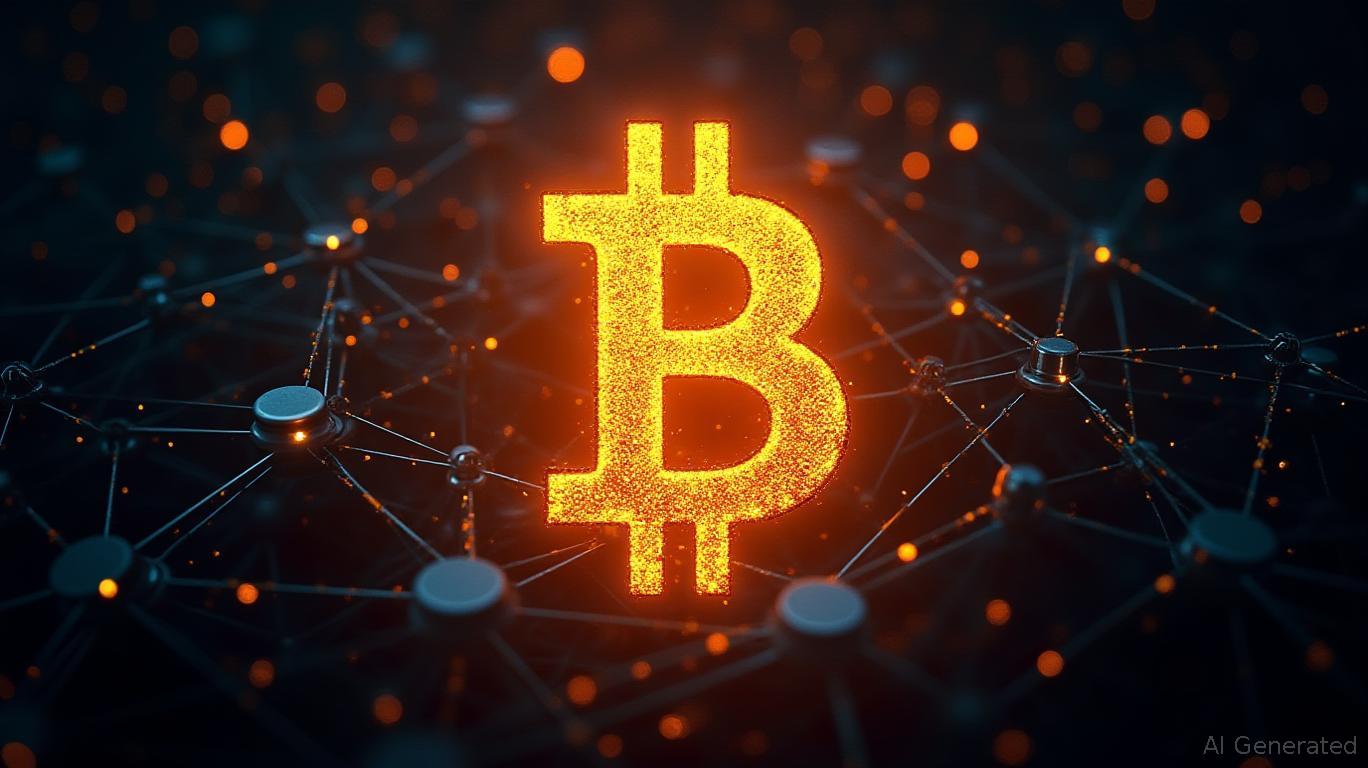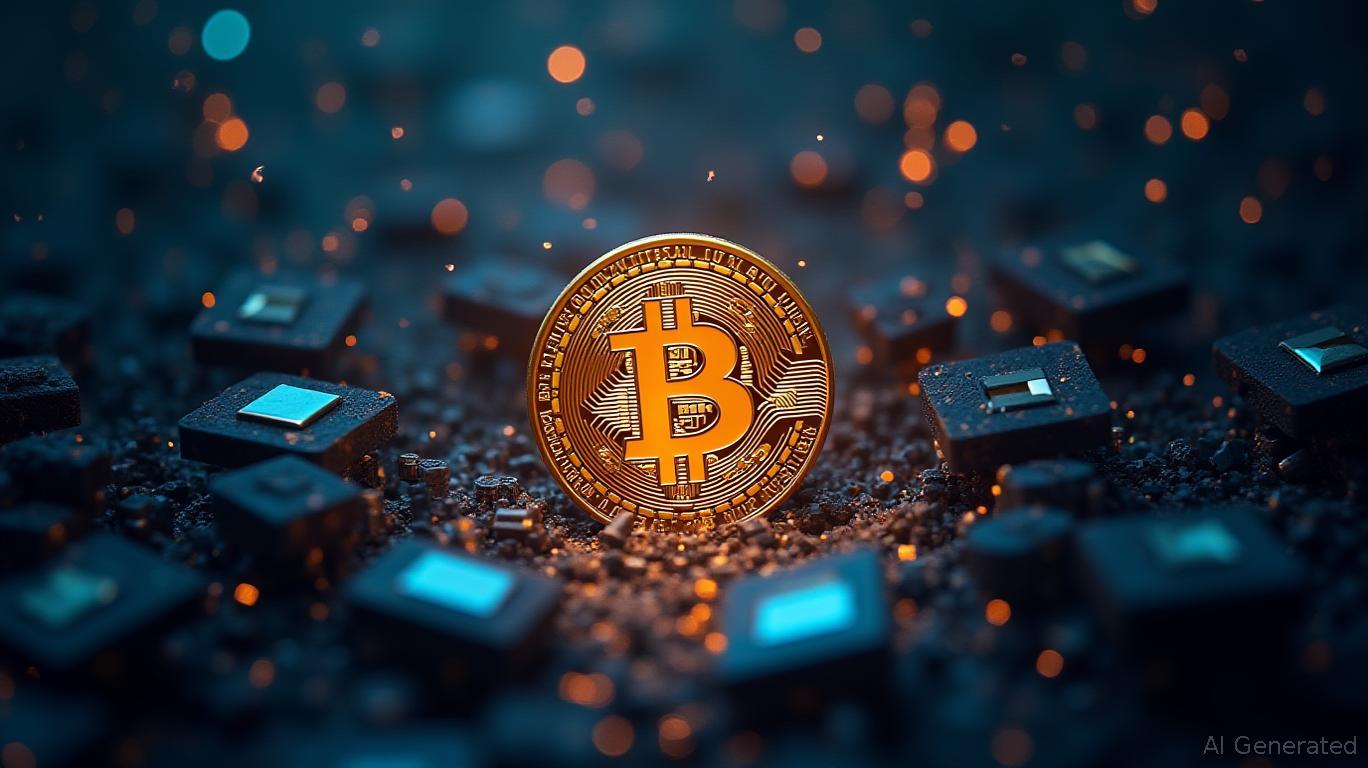Bitcoin miners Cipher, Bitdeer, and HIVE narrow hashrate divide
Mid-tier Bitcoin miners are closing the gap on industry leaders in realized hashrate following the 2024 halving.
- Mid-tier miners rapidly expanded after the 2024 halving, closing in on top players.
- Public miners doubled their realized hashrate to 326 EH/s, a one-year record increase.
- Mining sector debt surged to $12.7B amid heavy investment in rigs and AI ventures.
Cipher Mining, Bitdeer and HIVE Digital have quickly expanded their operations after years of infrastructure growth and narrowed the distance to top players like MARA Holdings, CleanSpark and Cango.
The change is a more level playing field in the mining sector. “Their ascent highlights how the middle tier of public miners — once trailing far behind — has rapidly scaled production since the 2024 halving,” The Miner Mag wrote in its latest Miner Weekly newsletter.
Top Bitcoin miners doubled realized hashrate
MARA, CleanSpark and Cango maintained their positions as the three largest public miners. Rivals including IREN, Cipher, Bitdeer and HIVE Digital posted strong year-over-year increases in realized hashrate.
The top public miners reached 326 exahashes per second (EH/s) of realized hashrate in September, more than double the level recorded a year earlier. Collectively, they now account for nearly one-third of Bitcoin’s ( BTC ) total network hashrate.
 Public Bitcoin mining leaderboard: Source: The Miner Mag
Public Bitcoin mining leaderboard: Source: The Miner Mag
Hashrate measures the computational power miners contribute to securing the Bitcoin blockchain. Realized hashrate tracks actual onchain performance, or the rate at which valid blocks are successfully mined.
For publicly traded miners, realized hashrate is a closer indicator of operational efficiency and revenue potential. The metric has become a key measure ahead of third-quarter earnings season.
Mining debt surges to $12.7 billion
Bitcoin miners are taking on record debt levels and also expands into new mining rigs, artificial intelligence infrastructure and other capital-intensive ventures. Total debt across the sector has jumped to $12.7 billion, up from $2.1 billion just 12 months ago.
VanEck research noted that miners must continuously invest in next-generation hardware to maintain their share of Bitcoin’s total hashrate and avoid falling behind competitors.
Some mining companies have turned to AI and high-performance computing workloads to diversify revenue streams. The change comes after dropping margins following the 2024 Bitcoin halving, which reduced block rewards to 3.125 BTC.
The debt increase shows aggressive expansion plans across the industry. Mining companies face pressure to scale operations quickly or risk losing market share to better-capitalized rivals.
Disclaimer: The content of this article solely reflects the author's opinion and does not represent the platform in any capacity. This article is not intended to serve as a reference for making investment decisions.
You may also like
Ethereum Updates Today: Harmony and Technology Unite: Pop Star Teams Up with Blockchain Pioneer to Drive Eco-Friendly Innovation
- Taiwanese pop star JJ Lin and Ethereum co-founder Vitalik Buterin engaged in a public dialogue in Singapore, highlighting blockchain's role in sustainability and creative collaboration. - Buterin's GKR protocol aims to enhance Ethereum's scalability by reducing transaction costs, while addressing off-chain validation risks through hybrid security solutions. - The interaction reflects growing cultural-technological synergy, leveraging celebrity influence to promote responsible blockchain adoption and envi

Bitcoin News Today: The Bitcoin Fork Debate: Balancing Spam Prevention and Open Access Principles
- Bitcoin developers debate a temporary soft fork to curb spam transactions, sparking a debate over balancing spam control with permissionless principles. - Supporters like Luke Dashjr argue it's a pragmatic measure to address non-monetary transactions clogging the network, despite calling it an imperfect solution. - Critics warn it risks setting a dangerous precedent, undermining Bitcoin's core principles and lacking clear content definitions for "questionable" transactions. - The temporary soft fork, set

Bitcoin News Update: Efforts to Improve Bitcoin's Efficiency May Threaten Decentralization Amid Spam Challenges
- A Bitcoin soft fork proposal to reduce spam transactions sparks debate over efficiency gains vs. centralization risks. - Critics warn mining pools could prioritize transactions, undermining decentralization as institutional adoption grows. - Market activity surges with Binance's BNB rising 8% post-Trump pardon and a16z raising $10B for crypto initiatives. - Exchange security concerns persist after WazirX and Bunni hacks, with soft fork advocates citing potential cost reductions. - Regulatory shifts and t

Ethereum Updates: The Altcoin Divide in Crypto—Fidelity’s Investment Versus Major Holders’ Departure
- Fidelity expands crypto offerings by adding Solana to institutional and retail platforms, signaling growing institutional confidence in altcoin infrastructure. - Ethereum attracts $32M whale purchase and corporate treasury inflows despite ETF outflows, driven by DeFi and smart contract innovation. - Solana shows mixed signals: whale transfers $93M to Binance but gains traction via Fidelity's support and expanding cross-chain liquidity. - Market shifts toward utility-driven projects like Ethereum layer-2

